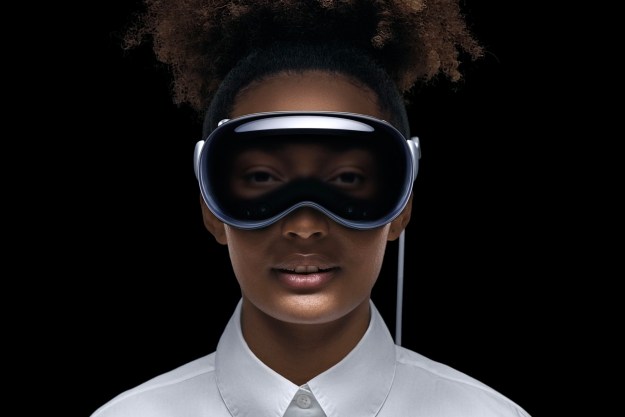It’s been kind of a quiet week as we get ready for the Halo 3 coming out party on Friday, and yes I’ll be there. Two other products that are increasingly being anticipated are the second generation Zune media players and the Xbox handheld gaming system.
Let’s have some fun and speculate a little on what Microsoft may have in store.
New Zune: Designed by Microsoft
The first generation Zune was rushed to market and was largely a re-skin of an existing Toshiba offering with the addition of a WiFi radio that only worked with other Zune players. It hardly set the market, which is owned by Apple, on fire and we’ve all but forgotten about it.
The second generation Zune, however, is slated to be vastly different. Designed from the ground up, and addressing a number of shortcomings the first product demonstrated, it needs to be vastly better than the initial offering.
At least two versions of this new Zune are anticipated, one that is in the Nano class, is largely flash- based, but with video support on a smaller, likely OLED screen and very thin. Wireless connectivity (considering this was a defining feature, is likely a given) but this time it should connect to trusted WiFi networks to stream audio/video or download files from the Zune service, Media Center PC or Home Server . Expect a flash memory slot so that it can be upgraded and appear to be a better value than the iPod Nano.
The second device, will be in the same class as the first offering but with improvements to battery life and a more aggressive, much less plain design. This too will get a WiFi upgrade for downloading and streaming but otherwise have a similar set of services.
Improvements on the Zune service-side should be even more dramatic with the addition of video content from system sites like MSNBC and MSN Video (Soapbox). Also, expect it to get the same content that the Xbox gets from Xbox Live (they are both from the same division, after all).
One expected capability is to be able to take Xbox in-game video and transfer it to a Zune so you can share game events with others using the Zune screens.
Xbox Extreme Handheld
Microsoft has been eyeing the handheld market for some time and, with Apple expected to release a UMPC consumer device within 12 months, the clock is ticking to get their response to market. The core of this product is Xbox gaming and will likely be based on a combination of IBM Microelectronics and ATI technology (for graphics), though it is possible it will use an AMD processor instead.
The handheld will most likely have a 7” digitized touch screen, 16mb of flash memory and use an external storage device, Xbox or PC to load games (so it doesn’t need its own drive) and have a flash memory slot. This device would initially pull from the existing library of traditional Xbox games, but likely not Xbox 360 games at the start (for performance reasons). Some games could come out as a double bundle with an Xbox 360 version and a Portable Xbox version in the same package.
With a target price, subsidized of around $300, the device will also pick up a number of features from the Zune and likely have a certain connection to that family, with respect to being able to share things wirelessly, watch the same videos and access the same music.
Connected to an Xbox wirelessly, it will become a super controller with its own display allowing for head-to-head play, supporting games and the ability to use the secondary display for game information like maps, health and a rearview mirror.
Component pricing is still running too high for most of this year, suggesting that while the new Zunes are due in a few months, this product probably won’t show up until the second half of next year. Coincidentally, this is about the same time that Apple is expected to release their UMPC product into iPhone, iPod or Apple TV families as an entertainment-focused device that will do so much more.
Until then, we will see a string of interesting new Xbox 360 accessories which will attempt to do the Nintendo Wii thing (more interactivity) better and get Xbox players off the couch as well.
Editors' Recommendations
- Even the new mid-tier Snapdragon X Plus beats Apple’s M3
- Apple shares new Vision Pro ad just days before launch
- AMD and Apple face a dangerous new security flaw
- MSI Claw handheld hands-on: it’s more significant than you think
- Why I’m excited about Dell’s new 120Hz UltraSharp monitors


